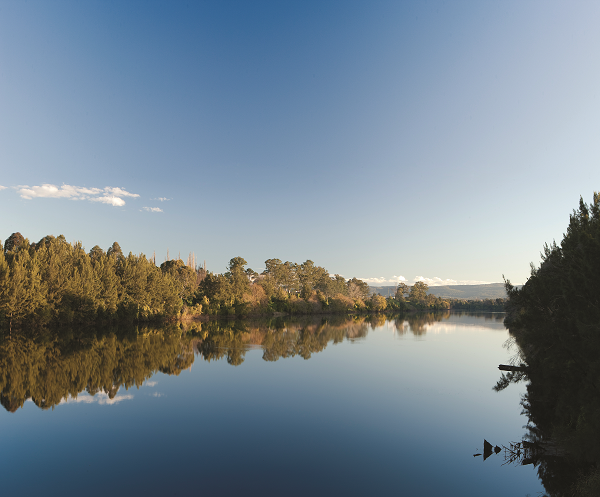Building A Sustainable Light Rail In Australia’s Capital
The Canberra Light Rail Stage 1 project is a twelve-kilometre route between the city centre and Gungahlin, being delivered as the first phase of a city-wide light rail network. With 13 stops in total, it will deliver high quality, reliable and frequent public transport down one of Canberra’s busiest corridors and attract people, business and investment. The project will directly contribute to the sustainability of the city’s urban environment.
The project’s vision is to boost Canberra’s sustainable growth by changing and improving transport options, settlement patterns and employment opportunities. This is supported by the project’s target to achieve zero net carbon emissions in construction and operations, which is being achieved by creating a 33 per cent reduction in emissions from design initiatives like solar panels on the roof of the depot, sourcing hybrid plant and the use of regenerative braking. Actual emissions are likely to reduce emission output even further by using efficient fuel like biodiesel, solar powered lights and the implementation of an idling policy. Any residual emissions are then offset to create a carbon neutral project. Initiatives are still being investigated to make the operation of the Light Rail even more energy efficient.
The large volume of electricity needed to power the Light Rail Vehicles and the maintenance and administration buildings will be 100 per cent renewable energy.
Climate change has also been considered as part of the Light Rail project. A climate change risk assessment has been prepared that considers the longer-term risks to the project arising from a changing climate. Specifically, this assessment has informed and changed the project’s drainage design, implemented a mitigation measure for potential increased flooding risk in bridges and trunk stormwater systems. The design has considered numerous climate change factors and has set a precedent in climate change design.
Through the use of a glass-fibre reinforcing material the project has reduced the volume of concrete and steel required in the construction of the track slab. The material has the additional benefit of using an electro-magnetically neutral material, which reduces interference for detection loops and reduces stray current potential. This along with a reduction in the width of the track slab has reduced the amount of high strength concrete required by the project, significantly reducing scope 3 embodied emissions from materials procured, and resultingly the emissions from transporting these materials.
Canberra’s Light Rail has also sought to develop and build local industry capacity beyond the project, contributing to long-term growth in the Canberra rail and civil construction sector. This involved providing a pathway for small businesses to learn about the project through a partnership with the Canberra Business Chamber. This allowed local businesses to position themselves to be able to tender for project packages, not only for light rail works but also for any future large infrastructure projects.
Aside from all the energy, material and climate change benefits the project is delivering, innovation has also been a central component of the design thinking and approach to delivering the Light Rail. To date a number of innovation activities have been embedded into the project, many of which are noted as being a first for the ACT, as well as nationally and potentially internationally.
Key initiatives implemented on the Project include:
- Light rail establishing the precedent for mass transit and road traffic replacement in the ACT
- The first carbon neutral light rail construction and operation in Australia. All construction emissions are offset, and the project will run on 100% green energy and will also have solar power augmenting the operational control centre
- Innovative design that allowed for reduced footprint, reduced road duplication, and reduced concrete volumes
- Rain water harvesting from the track to water the native low water high biodiversity native meadow and open woodland planting along the track
- The provision of the first Light Rail Vehicles with dedicated interior bicycle storage
- The provision of the world’s first bespoke equestrian crossing of multiple lanes of traffic and the light rail alignment
- The implementation of world leading asbestos identification handling and management, in an especially high-risk asbestos area
- Establishment of ACT precedent for developing soil and erosion management techniques, including trials and deployment of bespoke soil stabilisers impregnated with flocculants tailored to the local soils
- Establishment of award winning international finance strategies for Public Private Partnerships- reducing risk and enabling the uncomplicated financing of public utilities
- Innovative clash modelling for utilities that reduces excavation, installation and duplication of utility works
- Currently investigating alternative options for energy producing technology including private power purchase relationships, energy harvesting and redistribution and integration with autonomous electric vehicles to increase passenger watersheds.
The Project achieved an ISCA Design Rating of 73.7 through the implementation of all these sustainability initiatives and are planning to increase that score in the As-Built Rating phase.

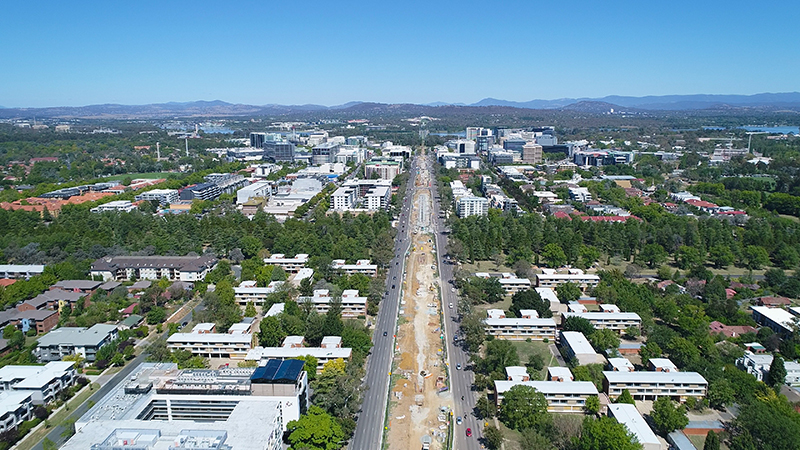
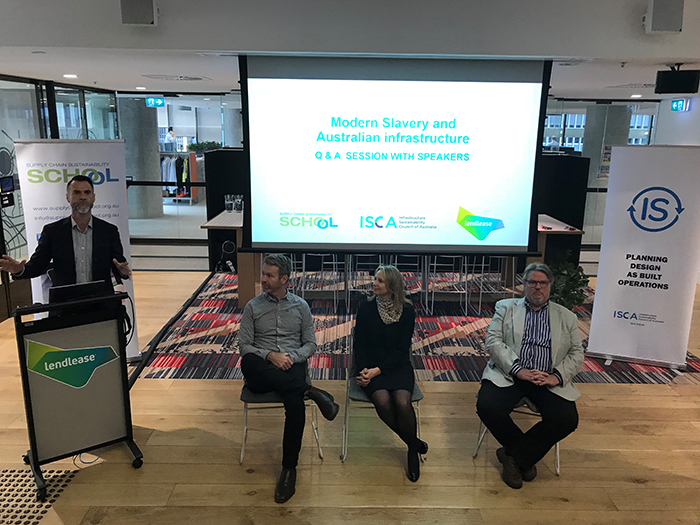
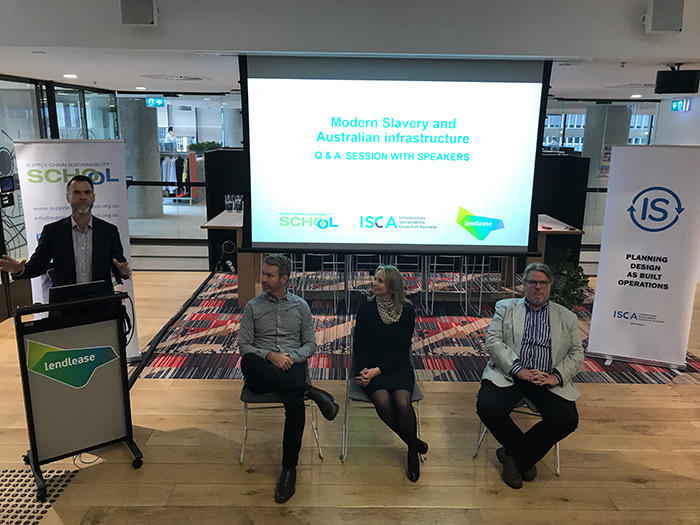


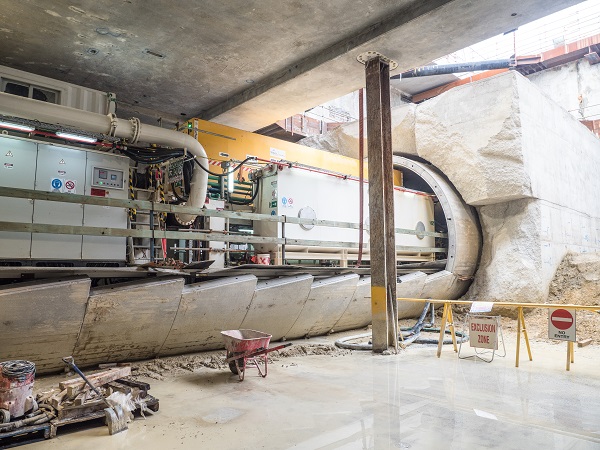
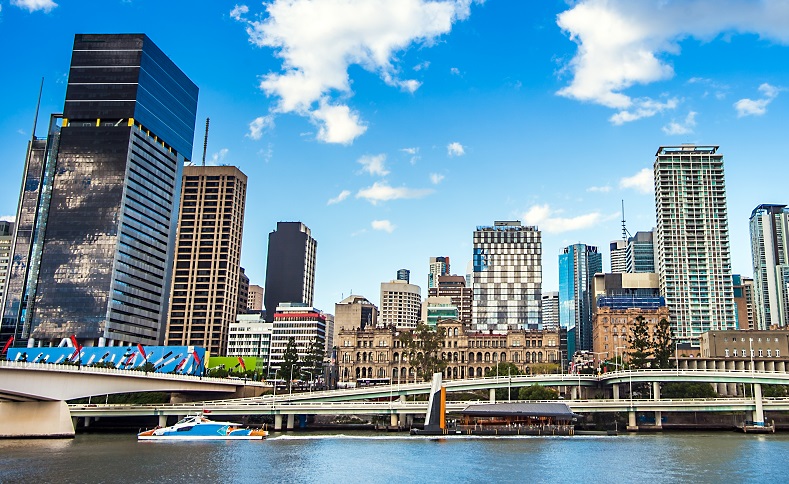
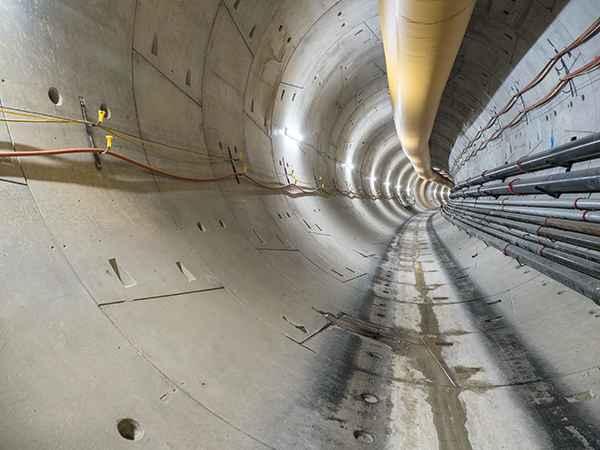
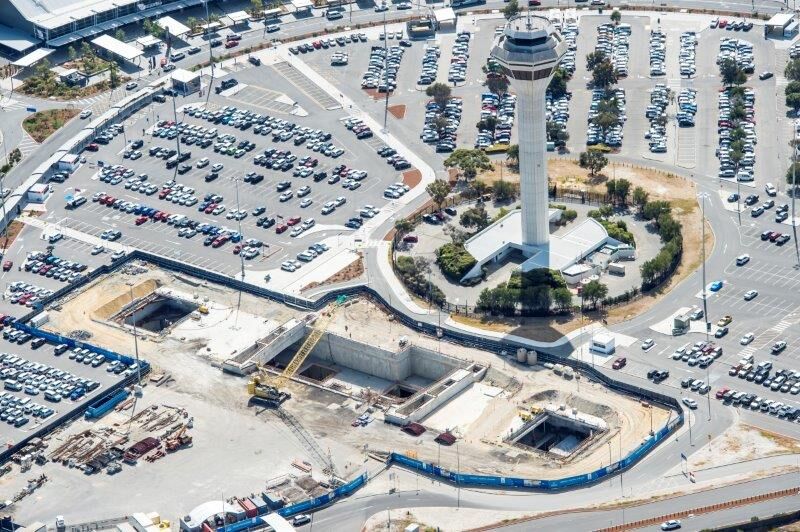


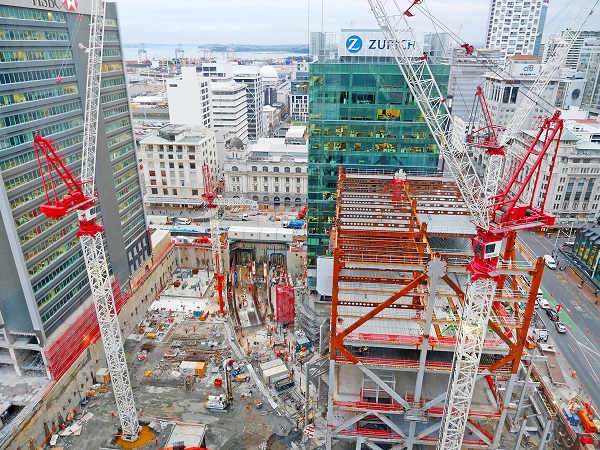

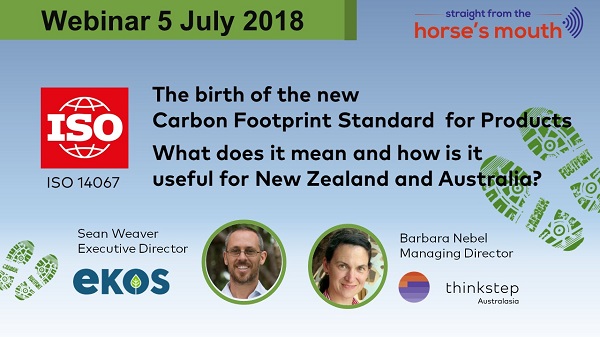
.jpg.aspx)
